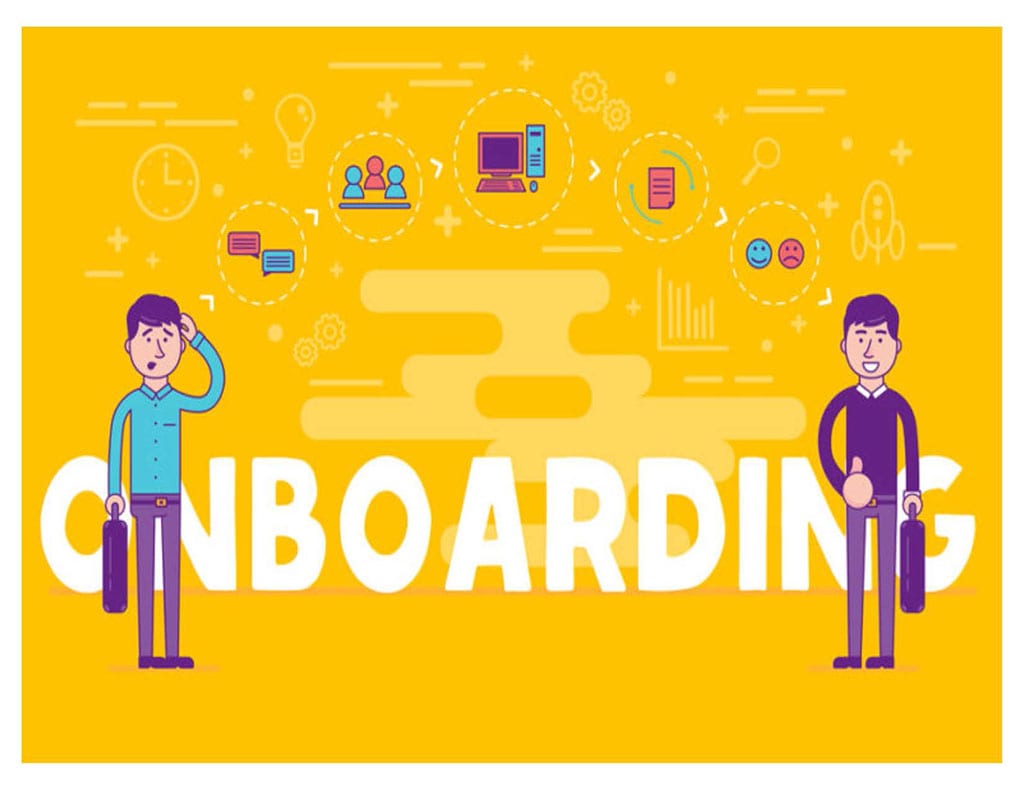
HR expert Glenna Hecht of Humanistic Consulting delves into what business owners can do better in the new hire’s first 30 days of employment during SAF’s HR Summer Boot Camp WebBlast Series, Part 2: Onboarding.
Historically low unemployment means that many floral industry business owners are struggling to find and keep workers. How do you get new hires to start thinking long-term at your business?
Focus on the first days after you bring them onto your team.
That’s advice from HR expert Glenna Hecht of Humanistic Consulting who last week led a Society of American Florists webinar on the three structured phases that every new employee — no matter the role or the industry segment — should move through.
Aim to Welcome (and Impress)
The first phase? Orientation.
“Orientation is an event,” Hecht explained. “It should happen on the first day your employee joins your organization. The goal is to give your new hire a big picture overview of your organization.”
It’s also a time to impress the new worker with your team’s energy and enthusiasm; too often, Hecht noted, companies pull out the stops during interviews and then forget to put their best foot forward on an employee’s first day.
“This is the time to welcome the employee and begin the bonding process — meaning the process by which they start to see themselves as part of the company,” said Hecht, who recommends you tap a brand ambassador to greet the employee. “This person should be somebody who can answer really basic questions about the company. Someone who is engaged and excited to have the new employee there.”
Use that brief orientation period to convey aspects of your culture (Formal? Casual? Process-oriented? Customer-focused?) and your mission and vision, and to wrap up any necessary paperwork.
Focus on Roles
From orientation, Hecht suggests moving employees into a period of on-boarding, which can last from a few days or weeks to close to a year. “Orientation is an event, but on-boarding is a process,” Hecht explained.
During this phase, Hecht said employers should explain the person’s value and impact on the organization.
“Everybody wants to know where they fit into the bigger picture,” said Hecht. “Unless you share that information with somebody, they might not understand where they fit in and how they are valued, especially if they have the same job title as other people.”
Hecht also suggests identifying a mentor for the worker during this period. Mentors, she said, don’t need to be your all-star staffers and, in fact, should probably not be those people who pick up new skills incredibly fast.
“What you need most in a mentor is a patient person,” she said. “A person who will allow that team member to learn on his or her own timetable.”
Think: Training, Results and Time
After on-boarding, you can turn to the next phase, training, which is another ongoing process — but one that frequently gets shortchanged, Hecht said, in large part because finding good people and moving through the interview and hiring phases can take longer than expected (even as a critical role sits empty).
“You may have initially planned to give the person two weeks of training, but you had to look for so long that the period gets abbreviated — it becomes two hours,” she said. That shortened timeline can send a bad message to employees. (If you’re willing to cut corners on training staff, where else will you do that?)
Hecht instead recommends all new hires receive two to four weeks of structured training, with detailed plans for each day. Along with those plans, she suggests measuring specific results each week, to ensure the employee is learning what you need that person to know. If he or she is falling behind, repeat the week’s training — or cut your losses. This period represents an ideal time to recognize a poor hiring decision.
“Practice makes perfection,” Hecht said. “But if you follow these steps, with commitment, engagement and excitement.”
Hecht’s session is available free to SAF members. It’s the second part in a three-part HR series. Earlier today, Barry Gottlieb of Coaching the Winner’s Edge tackled another issue that many industry members face: How to deal with a difficult team member. Watch all three sessions here.
You can also catch both Hecht and Gottlieb this September during SAF Amelia Island 2019, the association’s 135th annual convention.
Mary Westbrook is the editor in chief of Floral Management.

